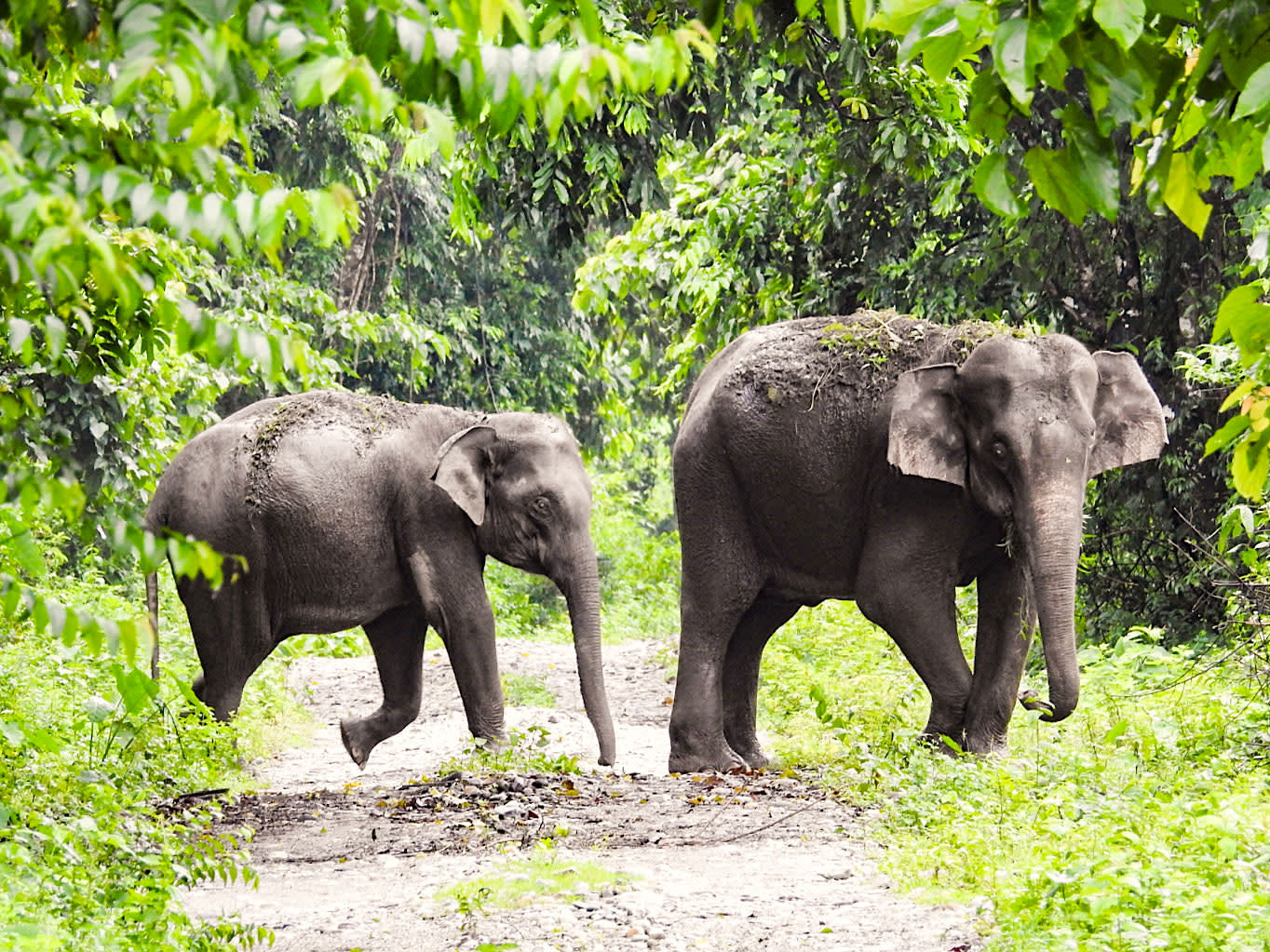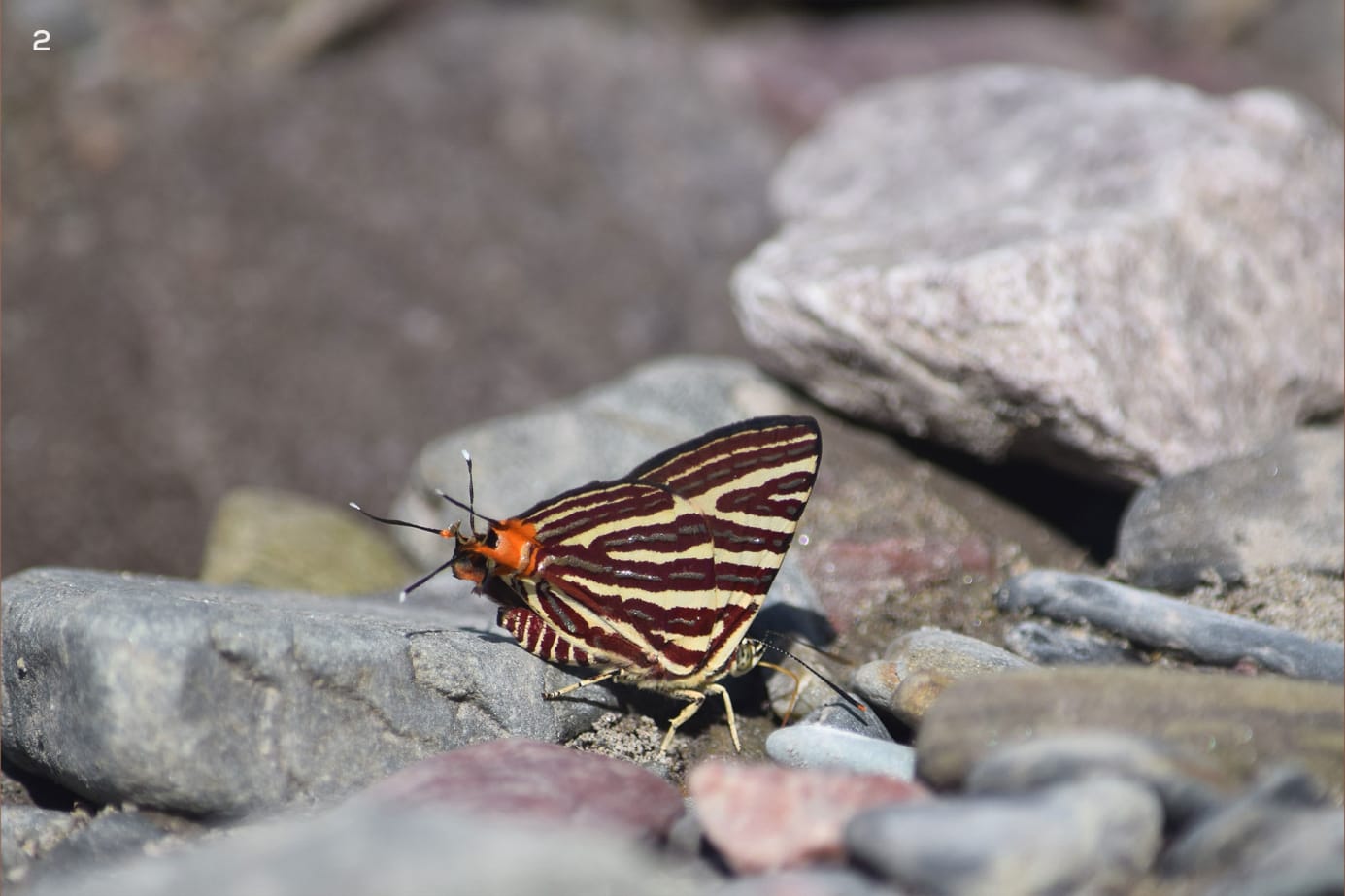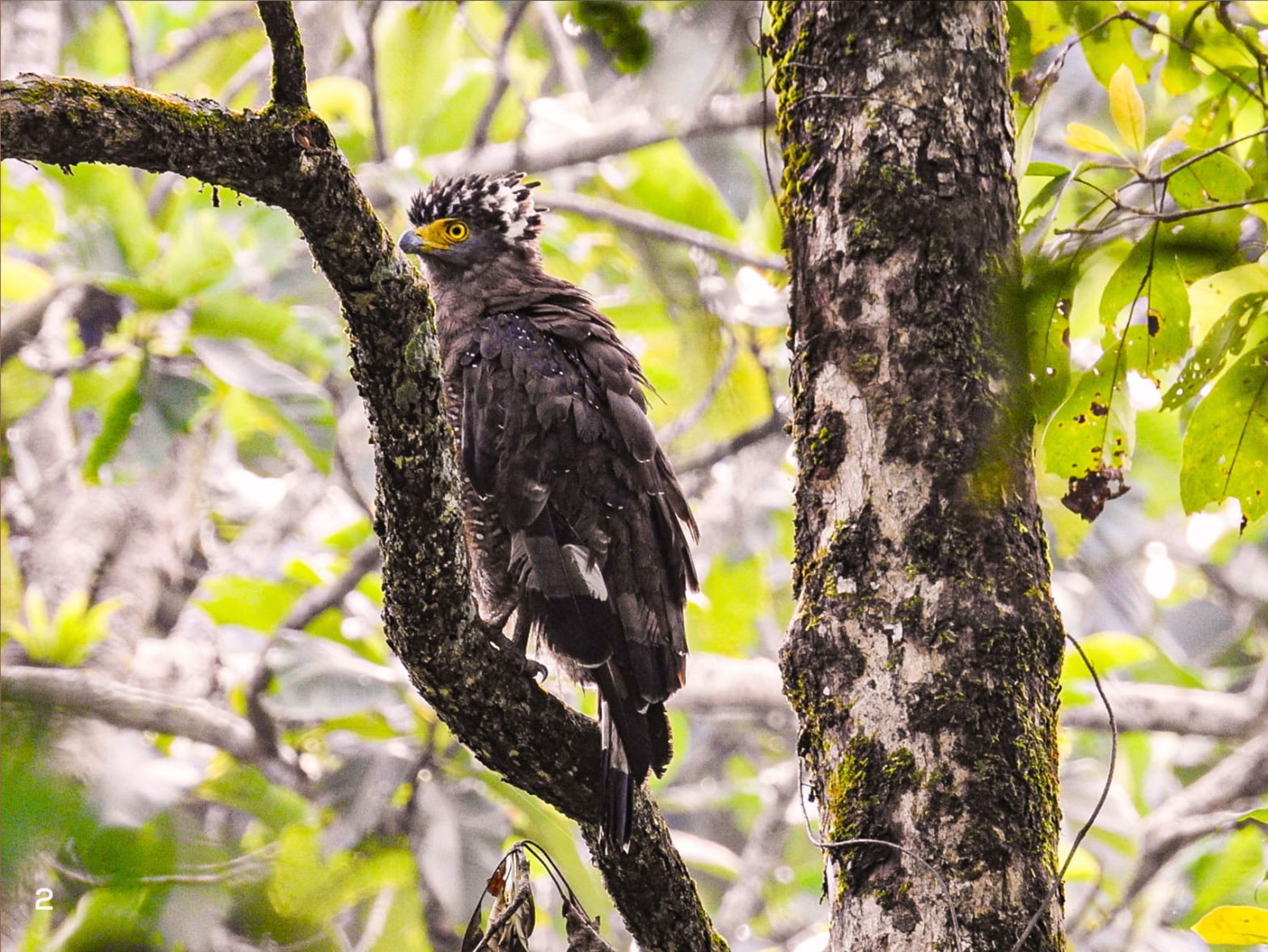 Listen to this article
•
15:34 min
Listen to this article
•
15:34 min
There is something exciting about going to places that don’t have easily searchable must-do lists. Those places on which there aren’t video-laden websites, viral reels, or rainproof pamphlets. They exist as an idea of the wilderness — a real, geographical place, on the ground, rather than on the Internet — to be walked and discovered, not just scrolled through and bookmarked.
We were going to such a place. On the border of India and Bhutan, shouldered by waterfalls and three rivers, forming a transboundary, green network, lies Raimona National Park.
At first glance, the park seems overshadowed by Titans. It lies to the west of the well-known Manas National Park and Tiger Reserve and is contiguous with emerald parks on Bhutanese slopes — the Phibsoo Wildlife Sanctuary and Jigme Singye Wangchuk National Park. I didn’t know what to expect from Raimona. Would it be like moist, grassy Manas immortalised in frames from Northeast India? Or would it be like gentle, undulating Bhutan, the Himalayan kingdom crystallised as one of the most beautiful places on earth?
A hush fell over us in a gentle cloak as we entered Raimona. No other cars went past, no other sounds disrupted the air — we were the only ones there. The forest on both sides had a rich, endearing quality. The air was pure, bursting with vegetation and potential, and nearly every tree branch I could see was festooned with ferns. In the quiet, green light, the ferns were dancing to their own breeze. It was like we weren’t over land, but under water. Like we were floating beside a warm, tropical ocean forest — a coral reef with swaying seaweed.
Cover Photo: Raimona National Park lies in Assam’s Kachugaon forest division. With Bhutan in the north and West Bengal on the western side, it is part of a transboundary habitat for elephants. Photo: Neha Sinha
The undergrowth grew in thick strands under trees buttoned with lichen and mosses. This was a dense forest with very little visibility — as if trees and shrubs were tightly holding hands. But we could see far down the road because the road was poker straight. I was looking kilometres into the distance in a laser-straight line through the cold, post-monsoon air. Our car driver turned around and said, “This used to be a tram line. We are on the remains of the tram.”
The previous evening, with fireflies winking into the night sky, I had had my first glance at the lines on the ground. I had stepped out in the twilight after hearing a mewling sound. A domestic cat sat in perfect stillness in the garden of an Inspection Bungalow outside Raimona’s gate. I realised she was sitting on two gleaming, gunmetal grey lines on the ground, mistress of infrastructure that once was: the old tram line, now left for the forest to take over.
The Inspection Bungalow was a beautiful, ruinous structure, an imposing white building with green trim and splendid, decaying wooden fittings. As I went back inside our home for the night, I could hear feathery, scurrying noises in the wall and footfall in the eaves. An overwhelming stench hung in the air: the unmistakably sour smell of bat droppings. As night fell, the bats emerged from the walls and dove off the roof, giddy with the joy of unhindered flight.
The British had built trams to carry timber and goods through the forest, emptying the area of its wealth. Today, the tram line is a ribbon through the woods, providing a peek at its wildlife in the day and night. On the safari the next morning, we watched an emerald dove fly to the middle of the road, bending its silver head to drink water from a puddle. On a nearby tree, a crested serpent eagle sat, its crest fanned out in an impressive arc, getting water out of its feathers. A shikra gazed at us with its piercing eyes.
We scanned the trees for golden langurs, endemic to Western Assam and Bhutan. The langurs are peaceful-looking animals with a serene quality to them. Despite their orange-gold colour and glowing halo when backlit, they aren’t easy to spot in trees.
As we watched the trees, there was movement along the road. A huge gaur, its short fur speckled with the rain, was chewing on leaves and sauntering forth. In a second, it disappeared from view with a loud huffing sound — like the forest had conceded to show us its huge citizen and then pulled the curtain down. We gasped in delight. The quiet forest was thrumming with our anticipation. We knew there were many more animals in the thick, velvety undergrowth.
As we looked further, the sky parted in a torrent. We rushed to take shelter in a forest department building. Across the Sankosh River and the rain, we could see Bhutan. A perfect, silver stream gushed down the slope, the pure water seeming to turn into magical, gossamer smoke as it tumbled. It reminded me of the bats jumping off the bungalow. From the river water near the path, a cloudy mist rose as the rain subsided. Within an hour, the mood of the forest had turned from underwater trees to misty, montane marvel. This was clearly the best of both Manas and Bhutan.
We resumed our safari, watching birds shaking water off their feathers. The coolness after the downpour prickled my skin. I felt I was being held by the forest, ensconced in a snow globe. Down the tram-line road, there was more movement. A tree was shaking, and so was a bush below it. An elephant came into view. Behind this elephant was another one. A little one. The calf followed its mother, positively sauntering with joy. It raised a foot in a swaying motion, then another as if it was dancing. The mother’s walk was more cautious, pricked with a guarded, protective air. She was alert so her calf could have fun. Looking at their various kinds of joy — exuberant and patient — I was so glad that we had briefly shared the same air, the same snow globe.

“I don’t mind that I haven’t seen the langurs”, I told my friends, my heart full with the sight of the little elephant family. Perhaps the rest of the herd was watching us. We were close to the gate now. Evening would fall soon, the way it does, suddenly and completely in Northeast India, and it would be time for the fireflies. But there is a way the forest always surprises you when your head is turned away from it. Our guide made a delighted sound, pointing to the left. Through a small parting in the foliage, we could see a golden langur flock sitting on trees, looking freshly washed and coiffed. A tiny baby hung off its mother’s chest. Another adolescent leapt from one tree to the other with the abandon of the tumbling waterfalls and the bat flock. It wanted to explore, and that meant it took a step away from the mother. I felt time stopping. The mother paused to consider what had happened, and then in a sweeping motion, reached out and grabbed its leg. It returned to her chest, clinging like it would never let go. They were in a private cocoon of love. She was her young one’s forcefield, and she wouldn’t let their arboreal, sal-leaved world crash to the ground. The tram line and the outside world melted away to nothing in front of that orange-faced, wild love.
In a short span of time in that special place, we had seen giants like gaurs and elephants, and endemics like the golden langur. Raimona has tremendous significance in that it represents a lush habitat, but it’s also part of a larger landscape that can provide refuge to its wild mothers, tusks, and claws. Apart from Bhutan, the forest is linked with the Ripu Chirang Elephant Reserve and the Buxa Tiger Reserve of West Bengal (separated by the river Sankosh). In all respects, this is a transboundary habitat that should be protected for all time. Both Bhutanese and Indian animals benefit from this living net of trees, leaves, and rivers. And for the many tourists that cherish Bhutan for its pristine nature, Raimona and Manas are also reminders that a similar kingdom of trees lies in India too.
As I left Assam, I could not help but think of the elephants that get knocked down by electric lines, trains, and trucks in Eastern India. In many parts of India, mitigation structures are planned to avoid train or car hits on animals. It seems inadvertently fitting that in Raimona, the tram lines belong to no mechanised vehicle but are waiting to be trod on by elephants.
Photo sources: orange oakleaf, long-banded silverline









